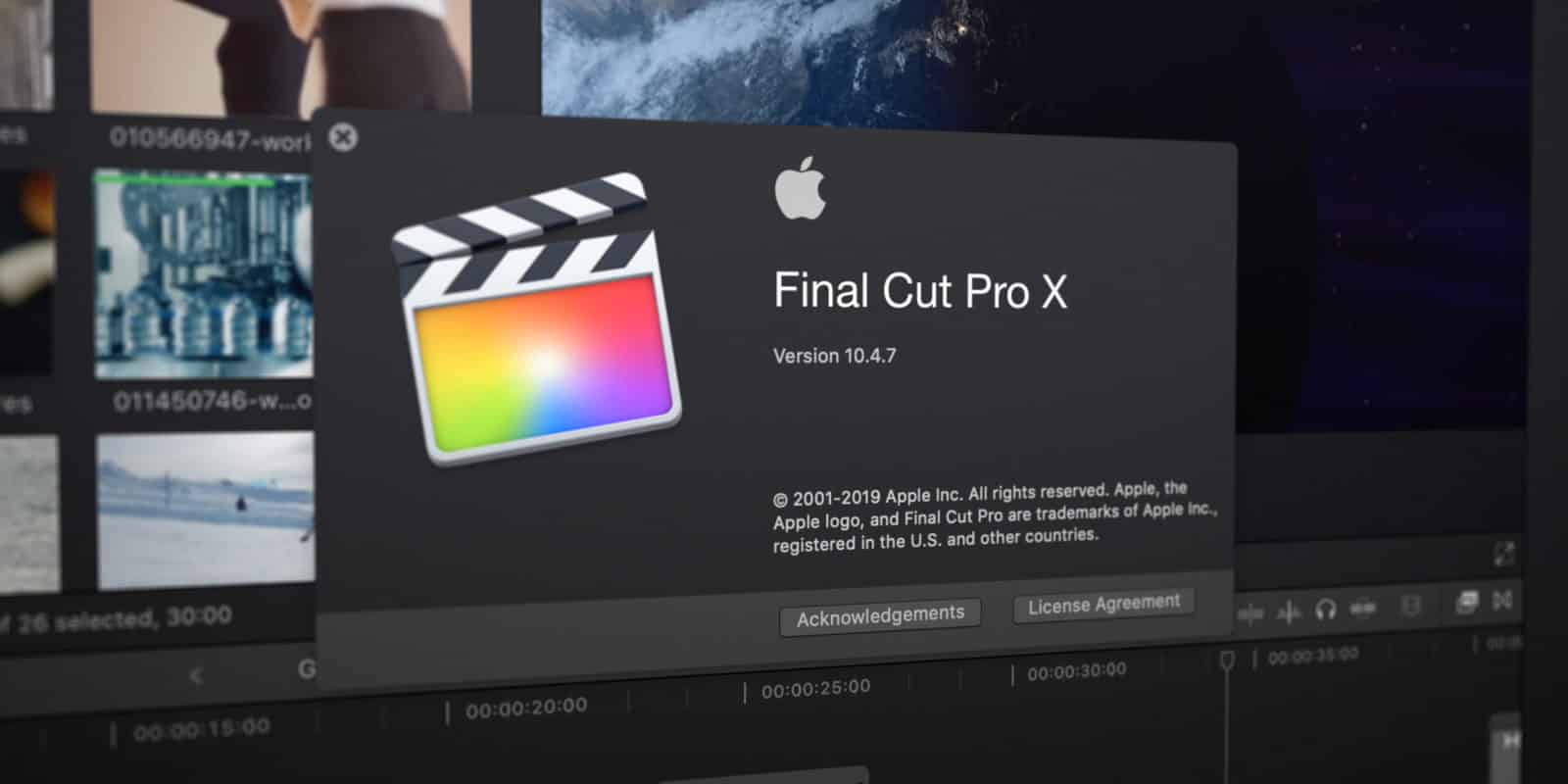
In my testing, FCP X was very responsive with all types of media with both rendered and unrendered effects.
#Final cut pro x free download 2017 pro
I did my testing on a 1 ½ year old 2.26GHz eight-core Mac Pro (Mac OS X 10.6.8) with 12GB of RAM and the ATI 5870 graphics card.Īll of this optimization pays off in better support for larger formats, such as 4K-sized projects and native editing with H.264 files, like those from a Canon 5D.

#Final cut pro x free download 2017 mac os x
It is a 64-bit application, which runs on the latest version of Mac OS X Snow Leopard (minimum 10.6.7 with ProKit 7.0) or Lion (10.7) and the whole range of recent Apple hardware. The bottom line is that the current Apple video family is focused on a smaller, but more cohesive video group that includes iMovie, Final Cut Pro X, Motion 5 and Compressor 4.įinal Cut Pro X has zero similarity with the previous Final Cut versions. Of course, previous video applications, like Shake and LiveType were eliminated several years ago. For now, Soundtrack Pro still exists as part of the Logic Studio bundle. In a move that has dismayed many loyal users, Apple removed the previous version, thus eliminating Final Cut Studio (Final Cut Pro, Color, DVD Studio Pro, Soundtrack Pro, Compressor, Cinema Tools and Motion), Final Cut Express and Final Cut Server. In addition, the updated Motion 5 and Compressor 4 applications are also available from the App Store for an additional $49.99 each. Unlike the most recent versions of Final Cut Studio, Final Cut Pro X is no longer a suite of applications, but rather a single application, available only via download from the Apple App Store for $299.99. In June, Apple rolled out Final Cut Pro X (10.0) as the successor to Final Cut Pro. In typical Apple fashion, this also offered the opportunity to re-imagine the inherent concepts of nonlinear editing.

With such a storied past, it was clear that a complete, from-the-ground-up rewrite was needed to modernize the code and feature set. After all, Final Cut Pro had evolved from the original Windows-based Key Grip application to a Mac OS 9-based Final Cut Pro, which then flourished under the transition to Mac OS X.

Behind the scenes, Apple had been working on an entirely new version designed to take advantage of Apple’s modern operating system and hardware. But it was time for a change, especially after the 2009 update, which many editors felt was too incremental. Apple Final Cut Pro had been rocking along for twelve years, gaining professional market share and becoming a versatile platform for many editors, facilities and developers.


 0 kommentar(er)
0 kommentar(er)
